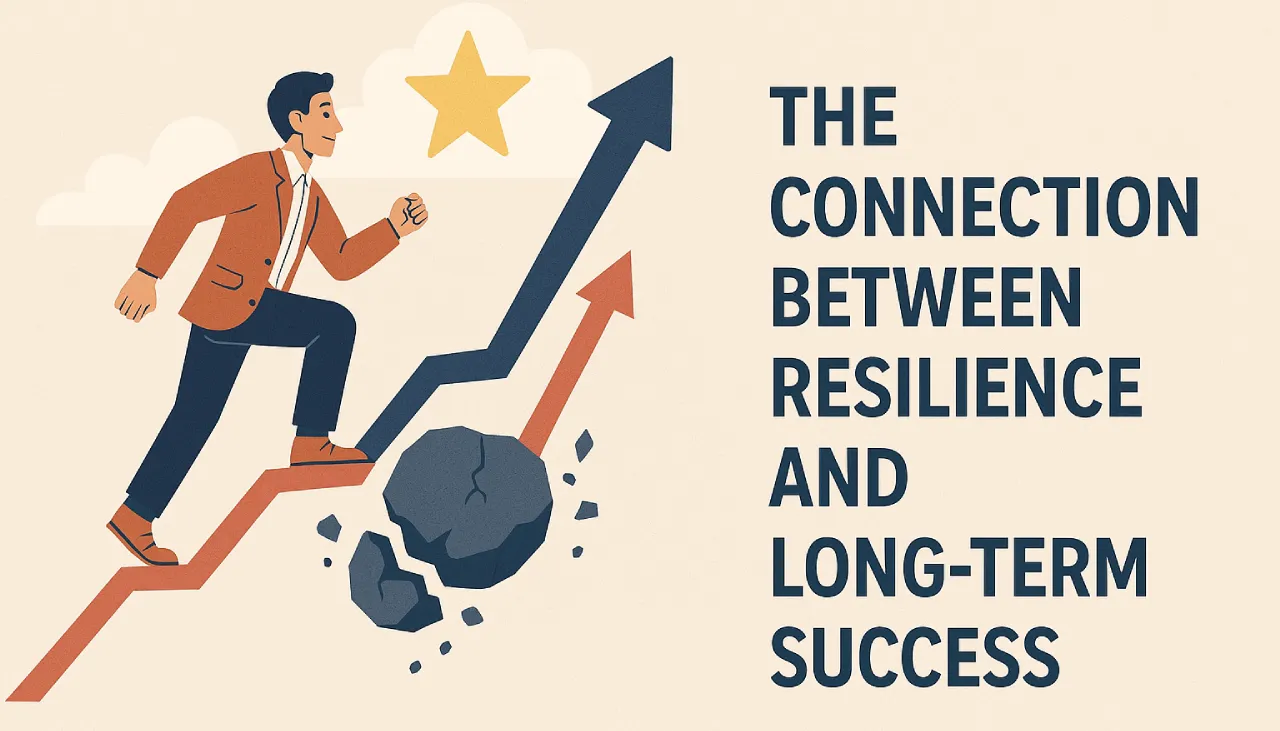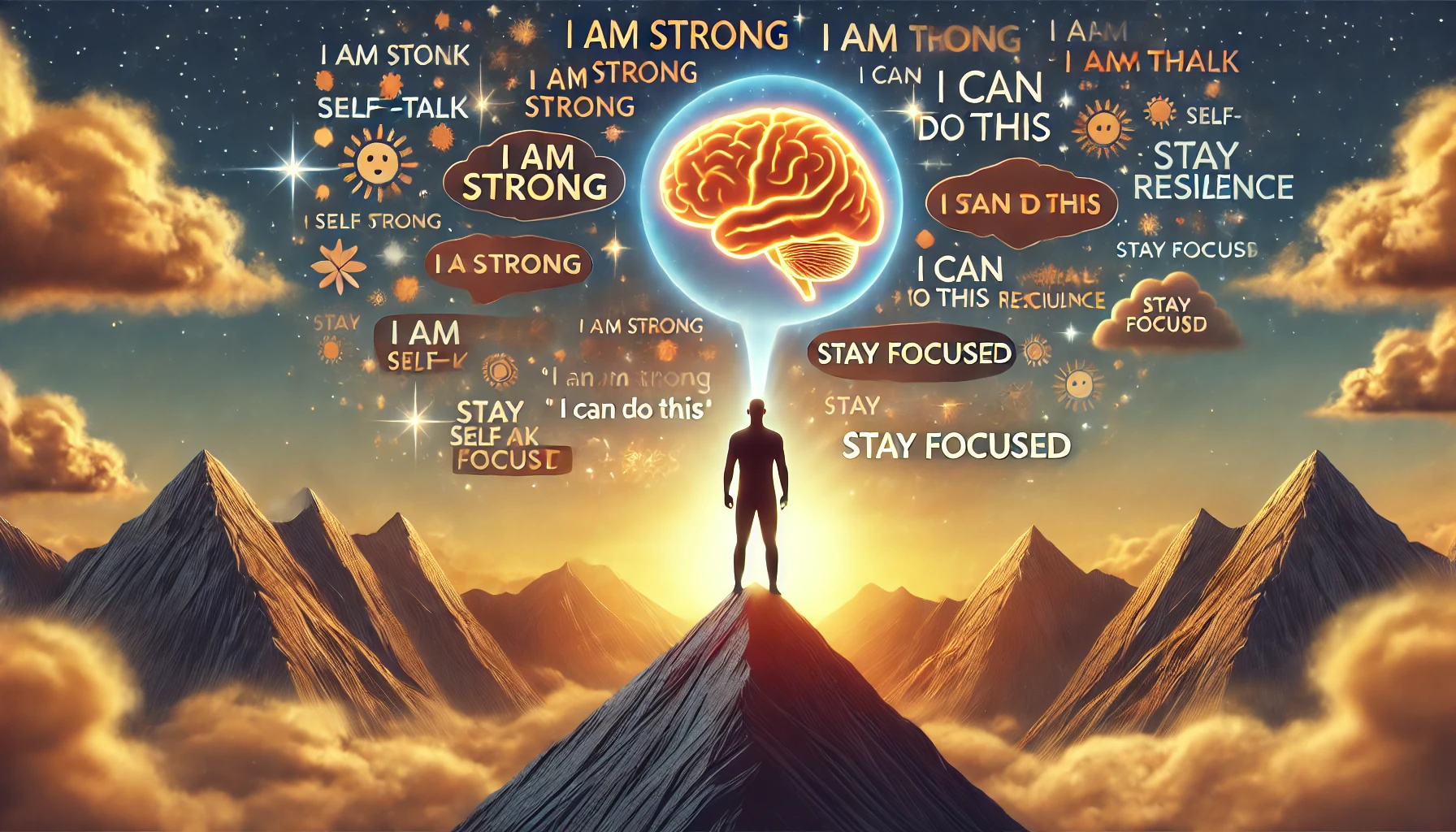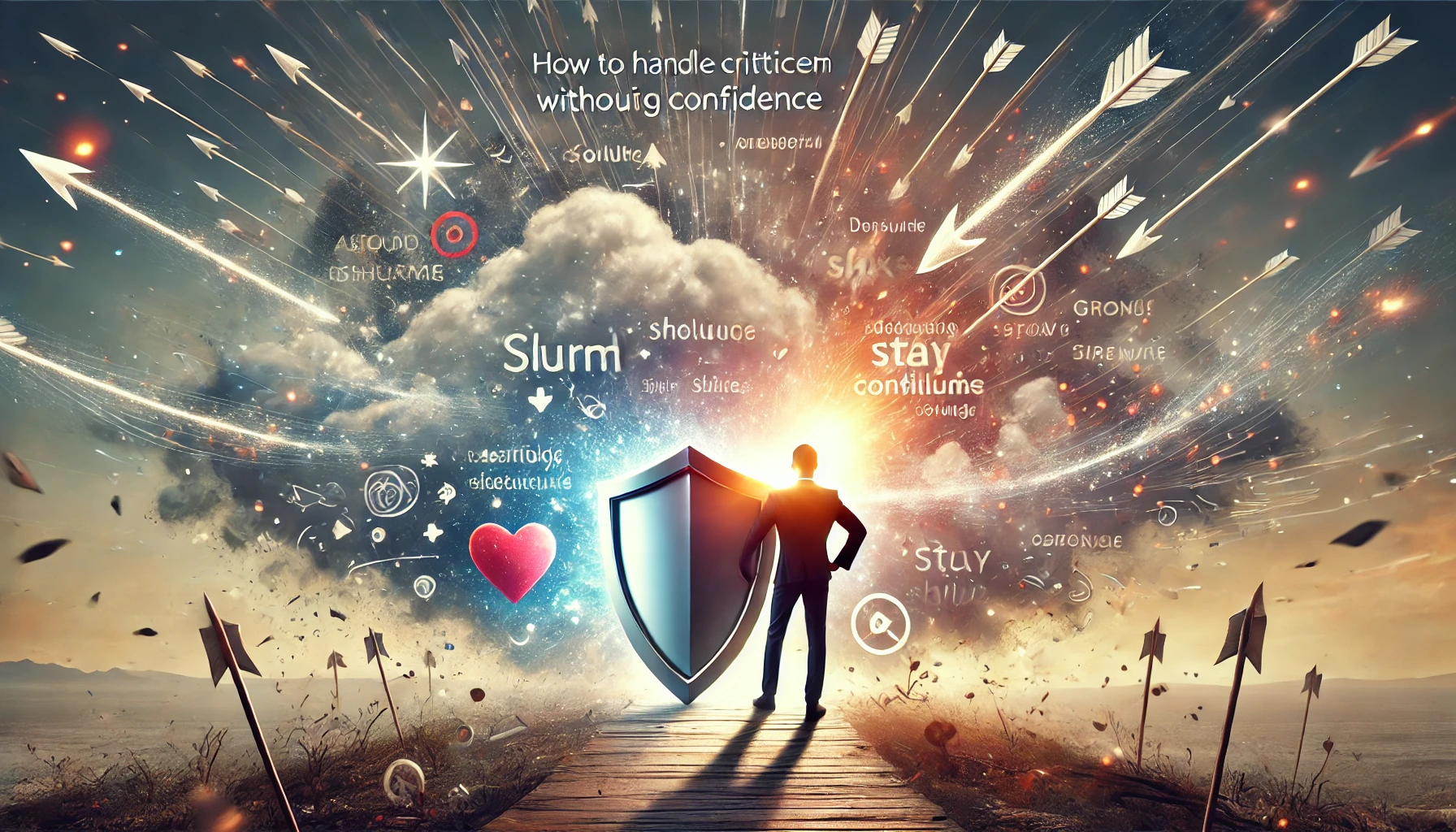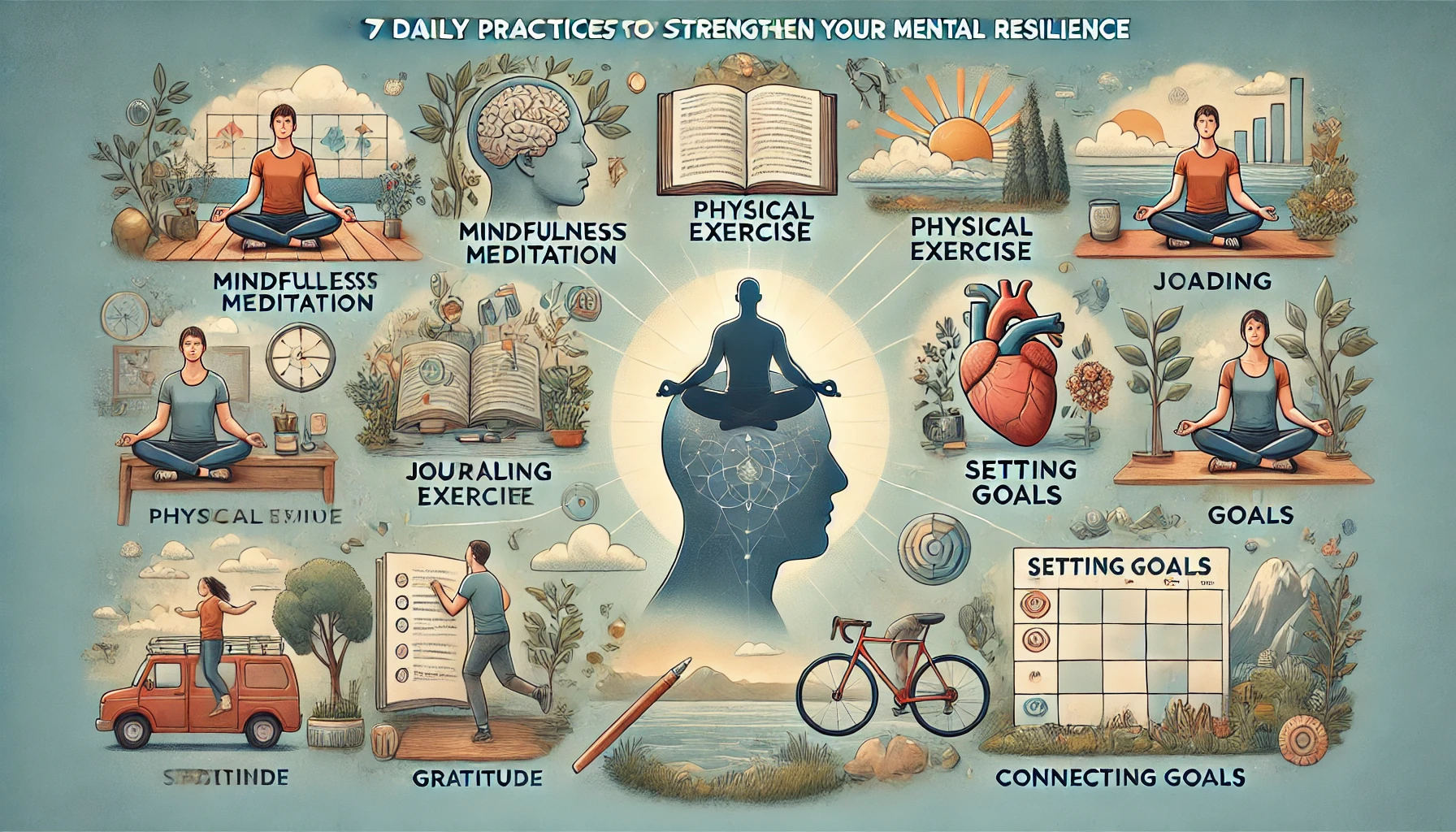Life is full of unexpected challenges, from work pressures to personal conflicts and unforeseen crises. In these moments, our ability to stay calm determines whether we respond effectively or let stress take control. A calm mind is not something people are born with—it is a skill that can be trained and strengthened over time.
By understanding how the brain reacts to stress and practicing proven techniques, you can develop greater emotional control and navigate difficult situations with clarity. This article explores scientific strategies to train your mind for calmness, helping you stay composed under pressure.
1. Why Do We Lose Calm Under Stress?
When faced with a difficult situation, the brain’s natural reaction is often fight, flight, or freeze, controlled by the amygdala, which processes emotions and threats. This reaction was essential for human survival in dangerous environments, but in modern life, it often causes unnecessary stress.
📌 Example: If you receive an unexpected criticism at work, your amygdala might trigger anger, anxiety, or self-doubt, making it hard to respond rationally.
The Key Brain Areas Involved in Emotional Control
| Brain Region | Function | Effect on Calmness |
|---|---|---|
| Amygdala | Processes fear and emotional reactions | Can trigger panic if overstimulated |
| Prefrontal Cortex | Controls logical thinking and decision-making | Helps regulate emotional responses |
| Hippocampus | Manages memory and learning | Helps put stressful events into perspective |
To train your mind to stay calm, you must strengthen the prefrontal cortex’s ability to regulate the amygdala’s reaction. This can be done through habitual mental training and emotional awareness.
2. The Science-Backed Techniques to Train Your Mind for Calmness
✅ a) Practice Deep Breathing for Immediate Calmness
Deep breathing signals the nervous system to reduce stress hormones, lower heart rate, and improve focus.
📌 Technique: The 4-7-8 Breathing Method
- Inhale through your nose for 4 seconds.
- Hold your breath for 7 seconds.
- Exhale slowly through your mouth for 8 seconds.
- Repeat 4-5 times to activate a calming response in your nervous system.
✅ b) Use Cognitive Reframing to Shift Perspective
Often, stress arises from the way we interpret a situation rather than the situation itself. Cognitive reframing helps you look at problems objectively and logically.
📌 Example of Reframing:
- ❌ “I can’t handle this pressure.”
- ✅ “This challenge is difficult, but I have overcome challenges before.
How to practice:
- Identify a stressful thought.
- Ask yourself: Is this thought 100% true?
- Replace it with a more constructive perspective.
✅ c) Develop a “Pause and Respond” Habit
Instead of reacting impulsively to stress, train yourself to pause before responding. This gives your prefrontal cortex time to process the situation instead of letting your emotions take over.
📌 How to implement it:
- When faced with stress, pause for 5 seconds.
- Take a deep breath.
- Ask yourself: “What’s the best way to respond to this?”
Over time, this habit will become automatic, helping you stay calm in difficult situations.
✅ d) Train Your Brain with Meditation and Mindfulness
Studies show that daily mindfulness practice strengthens the prefrontal cortex, making it easier to stay calm under pressure.
📌 How to practice mindfulness:
- Find a quiet space.
- Focus on your breath for 5-10 minutes.
- If your mind wanders, gently bring it back to the present moment.
📌 Long-term benefit: Regular mindfulness practice reduces amygdala overreaction, making stressful situations feel less overwhelming.
✅ e) Use Visualization to Stay Composed
Visualization is a powerful mental tool used by athletes, CEOs, and military personnel to maintain composure in high-pressure situations.
📌 How to practice visualization for calmness:
- Close your eyes and imagine yourself handling a stressful situation with confidence and clarity.
- Visualize yourself breathing deeply, responding logically, and staying calm.
- Repeat this daily—your brain will begin to internalize this reaction, making it easier to stay calm in real situations.
✅ f) Reduce Unnecessary Stressors
Sometimes, the best way to stay calm is to prevent stress before it builds up.
📌 Ways to minimize stress triggers:
- Declutter your schedule – Avoid overloading yourself with unnecessary tasks.
- Set clear boundaries – Say no to commitments that drain your energy.
- Limit news and social media consumption – Too much exposure to negativity can increase anxiety.
3. The Role of Physical Health in Mental Calmness
Your physical health has a direct impact on your mental resilience. A tired, depleted body is more prone to stress reactions.
| Physical Factor | Impact on Stress Levels | How to Optimize It |
|---|---|---|
| Sleep | Lack of sleep weakens emotional regulation | Aim for 7-9 hours of quality sleep |
| Exercise | Reduces stress hormones and improves brain function | Engage in 30 minutes of movement daily |
| Diet | Poor nutrition can increase anxiety | Eat a balanced diet rich in omega-3s, protein, and healthy fats |
| Hydration | Dehydration increases irritability | Drink at least 2 liters of water daily |
📌 Example: A study found that individuals who exercise regularly recover from stress 40% faster than those who don’t.
4. How to Stay Calm During High-Stress Situations in Real Life
Even with training, real-world stress can test your ability to stay calm. Here’s how to apply these techniques in common scenarios:
📌 Scenario 1: Receiving Negative Feedback at Work
Before reacting, pause, take a deep breath, and reframe the feedback as an opportunity for growth.
📌 Scenario 2: Facing Unexpected Financial Problems
Instead of panicking, write down possible solutions, prioritize immediate actions, and remind yourself that financial difficulties are temporary.
📌 Scenario 3: Dealing with a Conflict
Listen actively before responding. Focus on understanding rather than reacting defensively.
Final Thought: Staying Calm is a Skill You Can Master
You don’t have to be naturally calm to develop mental composure. By training your mind with the right techniques, you can strengthen your ability to handle stress, respond rationally, and stay focused even in the toughest situations.
✅ Practice deep breathing and mindfulness
✅ Reframe negative thoughts
✅ Use visualization to prepare for stressful moments
✅ Take care of your physical health
✅ Create a habit of pausing before reacting
The more you practice these techniques, the more automatic they will become, allowing you to stay calm, focused, and confident no matter what challenges arise. 💪🚀












Leave a Reply